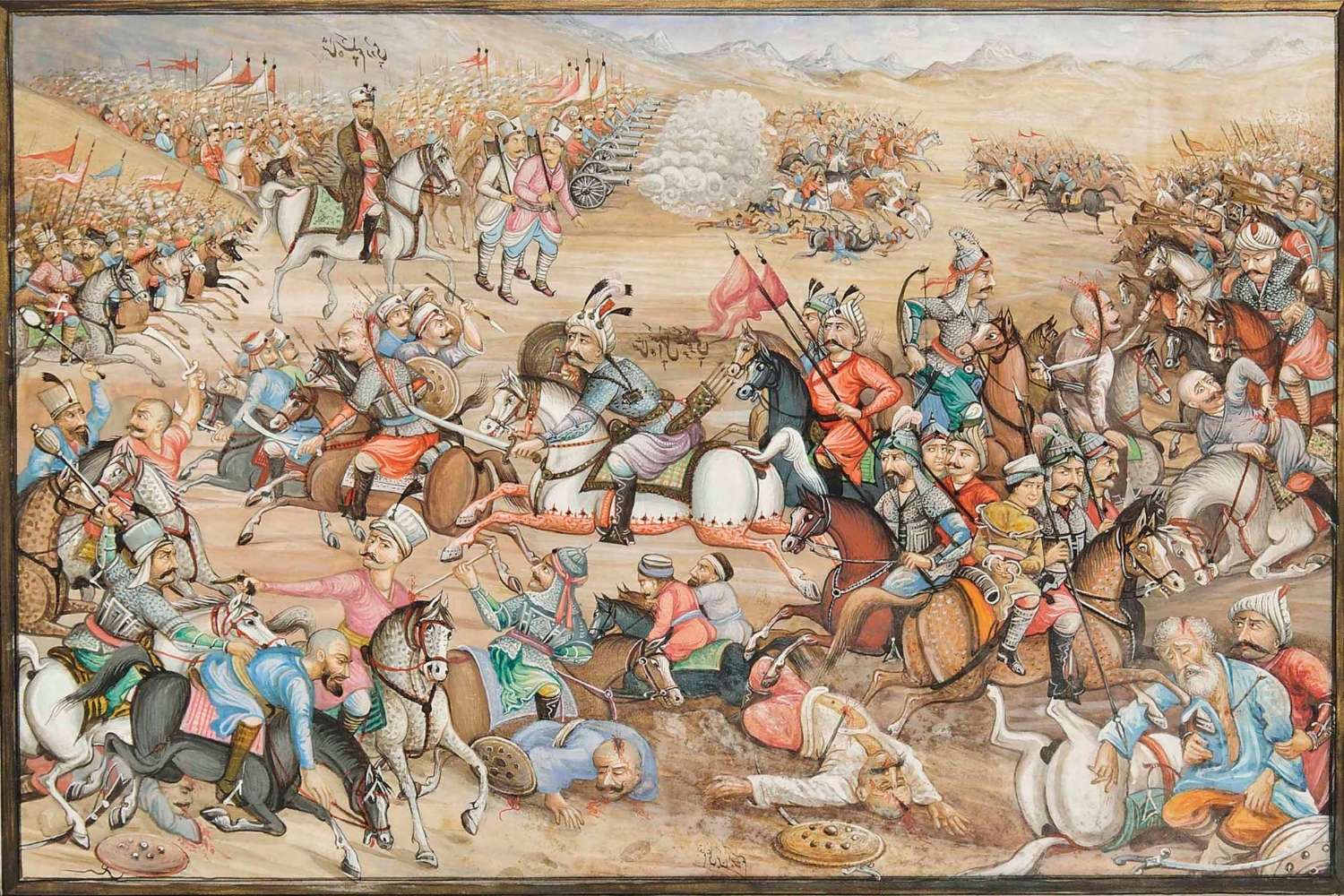
Who are the Qizilbash? The Qizilbash were a group of militant Shia Muslims in the 15th and 16th centuries, known for their distinctive red headgear. They played a crucial role in the establishment of the Safavid dynasty in Persia. Why are they significant? Their military prowess and unwavering loyalty helped shape the political landscape of Iran. What makes them unique? Their blend of religious fervor and martial skill set them apart from other groups of the time. Curious about their impact? This article dives into 29 intriguing facts about the Qizilbash, shedding light on their history, culture, and lasting influence.
Who Are the Qizilbash?
The Qizilbash, a term meaning "Red Heads" in Turkish, were a group of militant Sufi tribesmen who played a crucial role in the establishment of the Safavid dynasty in Iran. Their distinctive red headgear made them easily recognizable.
- The Qizilbash were instrumental in the rise of the Safavid Empire in the early 16th century.
- Their name, "Qizilbash," comes from the red hats they wore, which symbolized their allegiance to the Safavid order.
- They were originally composed of various Turkic tribes, including the Ustajlu, Shamlu, and Rumlu.
- The Qizilbash followed a form of Shia Islam that was distinct from the mainstream Twelver Shia.
Role in Safavid Military
The Qizilbash were not just religious followers; they were also fierce warriors. Their military prowess was a significant factor in the Safavid dynasty's success.
- Qizilbash warriors were known for their exceptional cavalry skills.
- They played a key role in the Battle of Chaldiran in 1514 against the Ottoman Empire.
- The Qizilbash were often rewarded with land and titles for their military service.
- They served as the backbone of the Safavid military until the late 16th century.
Religious Beliefs and Practices
The Qizilbash had unique religious beliefs that set them apart from other Islamic groups. Their practices were a blend of Sufi mysticism and Shia Islam.
- They believed in the divine right of the Safavid Shahs, considering them as spiritual leaders.
- The Qizilbash practiced a form of Sufi mysticism that included rituals and ceremonies.
- They held a deep reverence for Ali, the cousin and son-in-law of Prophet Muhammad.
- Their religious practices included the veneration of saints and martyrs.
Social Structure and Organization
The Qizilbash were organized into tribes, each with its own leader. Their social structure was hierarchical but also allowed for a degree of mobility.
- Each tribe had a chieftain known as an "Amir."
- The Qizilbash tribes were united under the leadership of the Safavid Shah.
- They had a council of elders who made important decisions for the tribe.
- The Qizilbash were known for their loyalty to their tribal leaders and the Safavid Shah.
Influence on Persian Culture
The Qizilbash were not just warriors and religious followers; they also had a significant impact on Persian culture and society.
- They contributed to the spread of Shia Islam in Iran.
- The Qizilbash influenced Persian art and architecture, particularly in the construction of mosques and palaces.
- They played a role in the development of Persian literature and poetry.
- The Qizilbash were patrons of the arts, supporting poets, musicians, and artists.
Decline and Legacy
The influence of the Qizilbash began to wane in the late 16th century, but their legacy continues to be felt in Iran and beyond.
- The decline of the Qizilbash began with the centralization efforts of Shah Abbas I.
- Shah Abbas I created a standing army to reduce the Qizilbash's military power.
- Despite their decline, the Qizilbash remained influential in Iranian politics and society.
- Their legacy can be seen in the continued prominence of Shia Islam in Iran.
Modern-Day Qizilbash
Though the Qizilbash as a distinct group no longer exist, their descendants and cultural influences remain.
- Descendants of the Qizilbash can be found in Iran, Afghanistan, and Turkey.
- Some modern-day communities still identify with the Qizilbash heritage.
- The Qizilbash have left a lasting impact on the religious and cultural landscape of the regions they inhabited.
- Their unique blend of Sufi mysticism and Shia Islam continues to be studied by scholars.
- The Qizilbash are remembered as both fierce warriors and devout followers of their faith.
Final Thoughts on Qizilbash
Qizilbash history is rich and fascinating. These warriors played a crucial role in shaping the Safavid Empire. Their unique blend of military prowess and religious fervor set them apart. The Qizilbash were not just soldiers; they were also spiritual leaders. Their distinctive red headgear symbolized their loyalty and bravery. Over time, their influence waned, but their legacy remains significant. Understanding the Qizilbash offers insights into the complexities of Middle Eastern history. Their story is a testament to the power of faith and unity. It also highlights the impact of charismatic leadership. The Qizilbash remind us that history is full of colorful characters and pivotal moments. Their contributions to culture, politics, and religion are still felt today. So, next time you think about historical warriors, remember the Qizilbash and their enduring legacy.
Was this page helpful?
Our commitment to delivering trustworthy and engaging content is at the heart of what we do. Each fact on our site is contributed by real users like you, bringing a wealth of diverse insights and information. To ensure the highest standards of accuracy and reliability, our dedicated editors meticulously review each submission. This process guarantees that the facts we share are not only fascinating but also credible. Trust in our commitment to quality and authenticity as you explore and learn with us.
